Ancient Psychedelia: Alien Gods & Mushroom Goddesses
Online Book - Chapter 1, Page 13
Back to Online Book Mainpage / Next Page (Chapter 1, Page 14)
| Early Cordage, Stone Tools Trade & Figurines Next, we examine the subject of early woven cord and cloth. The use of hemp in the earliest forms of these skills is likely indicative of the knowledge of the use of cannabis by this time. According to Elizabeth Wayland Barber in Woman’s Work, The First 20,000 Years Women, Cloth, and Society in Early Times (1996): “The earliest woven cord we have dates to 15,000 BC, from Lascaux, France, and the earliest netting and cloth dates to c. 7500 BC in the Near East and c. 8500 BC in the Americas. The plant fibers employed include hemp, flax, linden, willow, esparto, maguey, yucca and innumerable others; animal hair was also popular.” (29) Obsidian, a black volcanic glass, which can be made very sharp, without breaking easily, was the main oar used for making spearheads throughout the Near East and Europe. Since it can only be mined in a few places, it becomes easy to trace the movement of the cultures which made use of them. Trade in obsidian has been traced back to 9000 BC. Around 8300 BC, Jericho as well as Khuzistan were trading for Anatolian obsidian from Catal Huyuk. Dan Russell points out, in Shamanism and the Drug Propaganda: Patriarchy and the Drug War, that this trade between these groups in this area predates agriculture in the area. (30) The earliest known metal artifacts date from around 6500 BC, and have been found in areas of Catal Huyuk and Israel. A copper awl, a cone-shaped object merely four centimeters long and one millimeter thick was found in the grave of a woman at Tel Tsaf, and dates to the early 5th or 6th millennium BC. (31) In North Italy and Switzerland, large scale opium poppy cultivation had occurred in Neolithic times. Hemp rope was found being used for rope and cordage by the Narva population between the Baltic Sea and the Bay of Finland, during the time period of approximately 3500 BC. (32) Goddess Figurines Clay and stone figurines first appeared long before pottery appeared, c. 6500 BC. Roughly 30,000 miniature sculptures have been found, consisting of clay, marble, bone, copper and gold, excavated from some 3000 archaeological sites over the last couple centuries. Everything from vessels, altars, inscribed objects, clay models of temples as well as pictorial paintings on vases and walls of shrines have been unearthed and discovered. (33) In Siberia, an Upper Paleolithic site was excavated near Lake Baikal which turned up figurines of the goddess with the moon displayed on her. In Laussel, France, from 20,000 BC, a carving of the goddess holding what could be the moon with twelve or thirteen notches, is well-known (8c). (34) I would suggest that this may not be the moon she is holding up, but rather a bull horn. The notches likely do represent moon cycles, but we also see a lot of mixed imagery with the bull and moon. |
The figurines that have been unearthed at Buret, near Malta, some of which are carved from mammoth tusk, are very slender with no bodily shape whatsoever other than a defined round head at the tip that extends beyond the width of the body by a small measure (8a). (35) These figurines, like many others could potentially be mushroom goddess figurines. The famous “Venus of Willendorf” (8b) looks very similar to these mammoth tusk mushroom looking goddesses, the head resembling the A. muscaria bulb as it emerges from the ground in egg shape (8e). 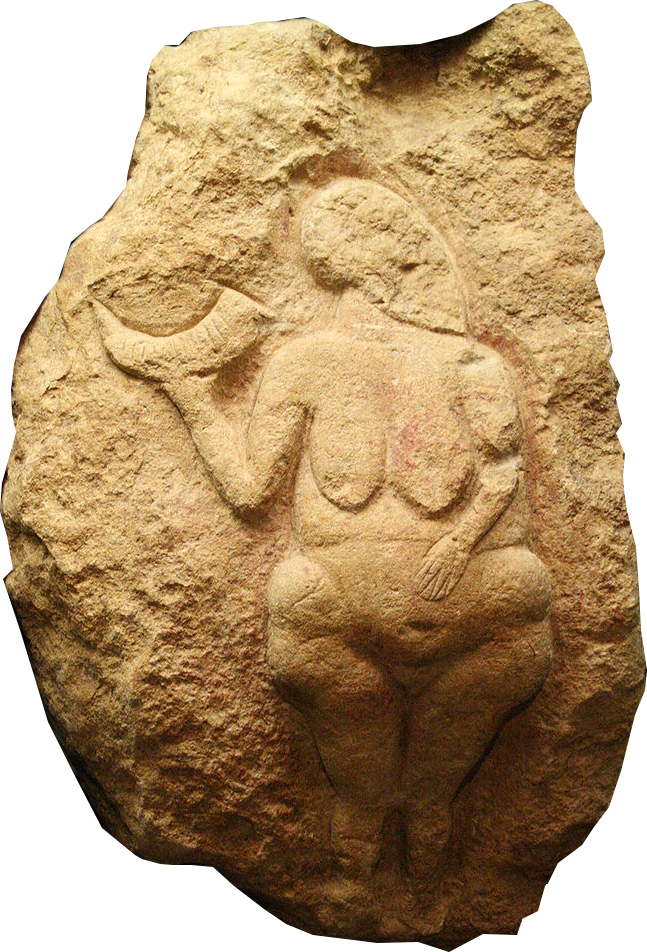 (8c) Venus of Laussel c. 20,000 BC 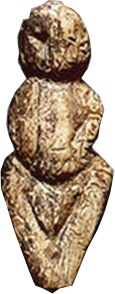  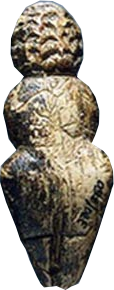 (8a) Siberian Mammoth Tusk “Venus” figurines c. 20,000 BC L: (8b) "Venus" of Willendorf c. 30,000 BC 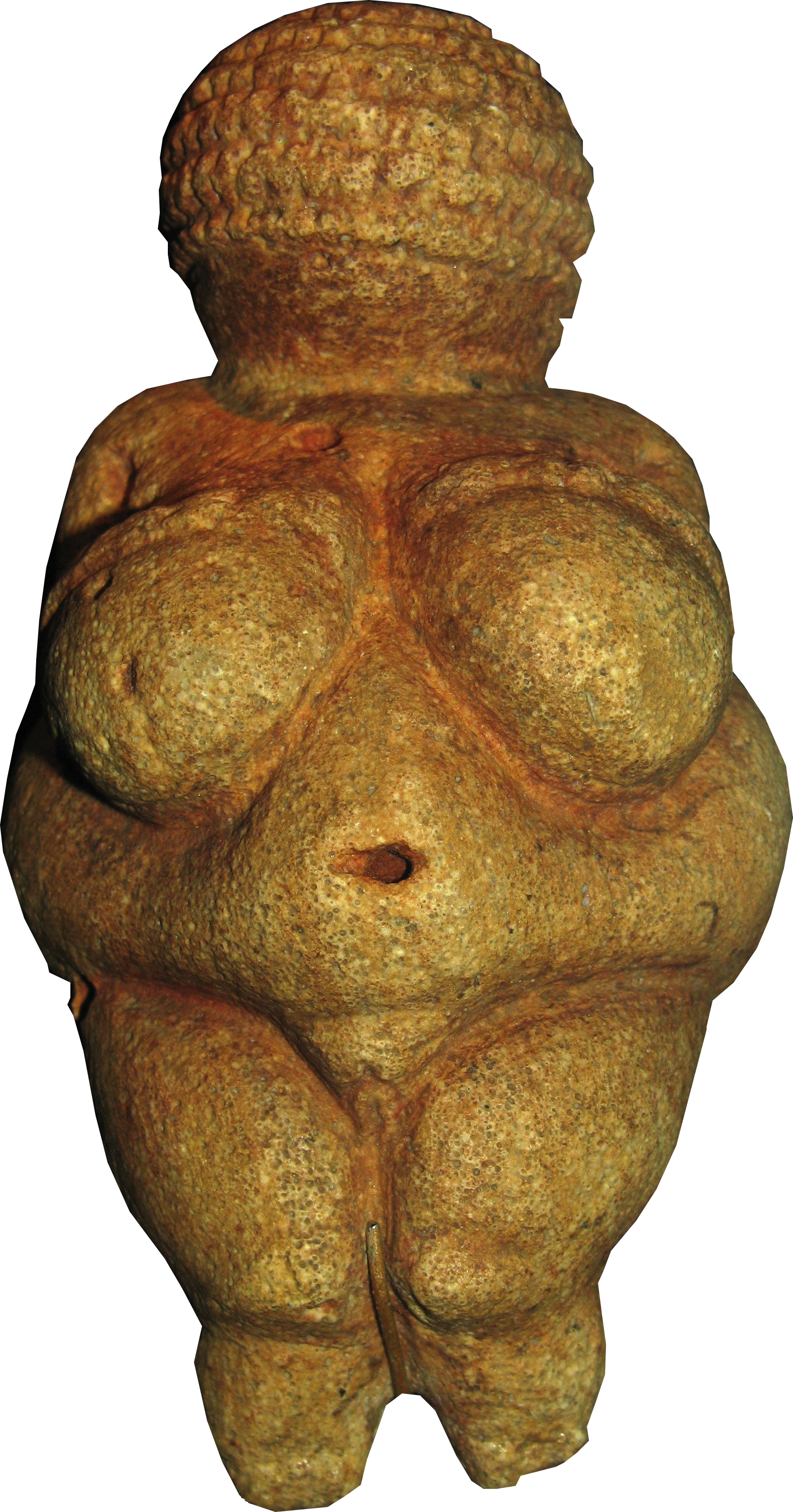 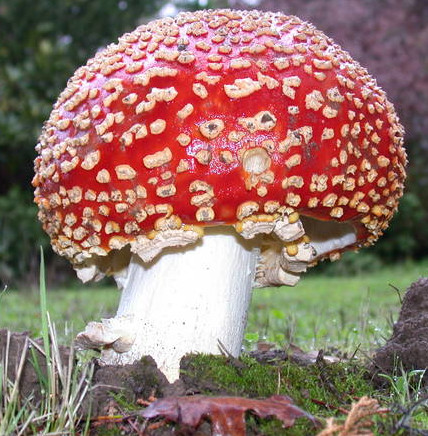 R: Amanita Muscaria (29) Russell, Shamanism and Drug Propaganda, p.32; Elizabeth Wayland Barber, Women's Work: W.W. Norton & Company, 1994, 53 (30) ibid, p.35 (31) ibid, p.36 (32) ibid, p.41; Gimbutas, Civilization of the Goddess, 144-147 (33) Goddesses and Gods, p. 11 (34) Mythology and Symbols, p.69 (35) https://www.ancient-origins.net/news-history-archaeology/world-famous-ancient-siberian-venus-figurines-are-not-venuses-after-all-020749 |
Go Back to Page 12